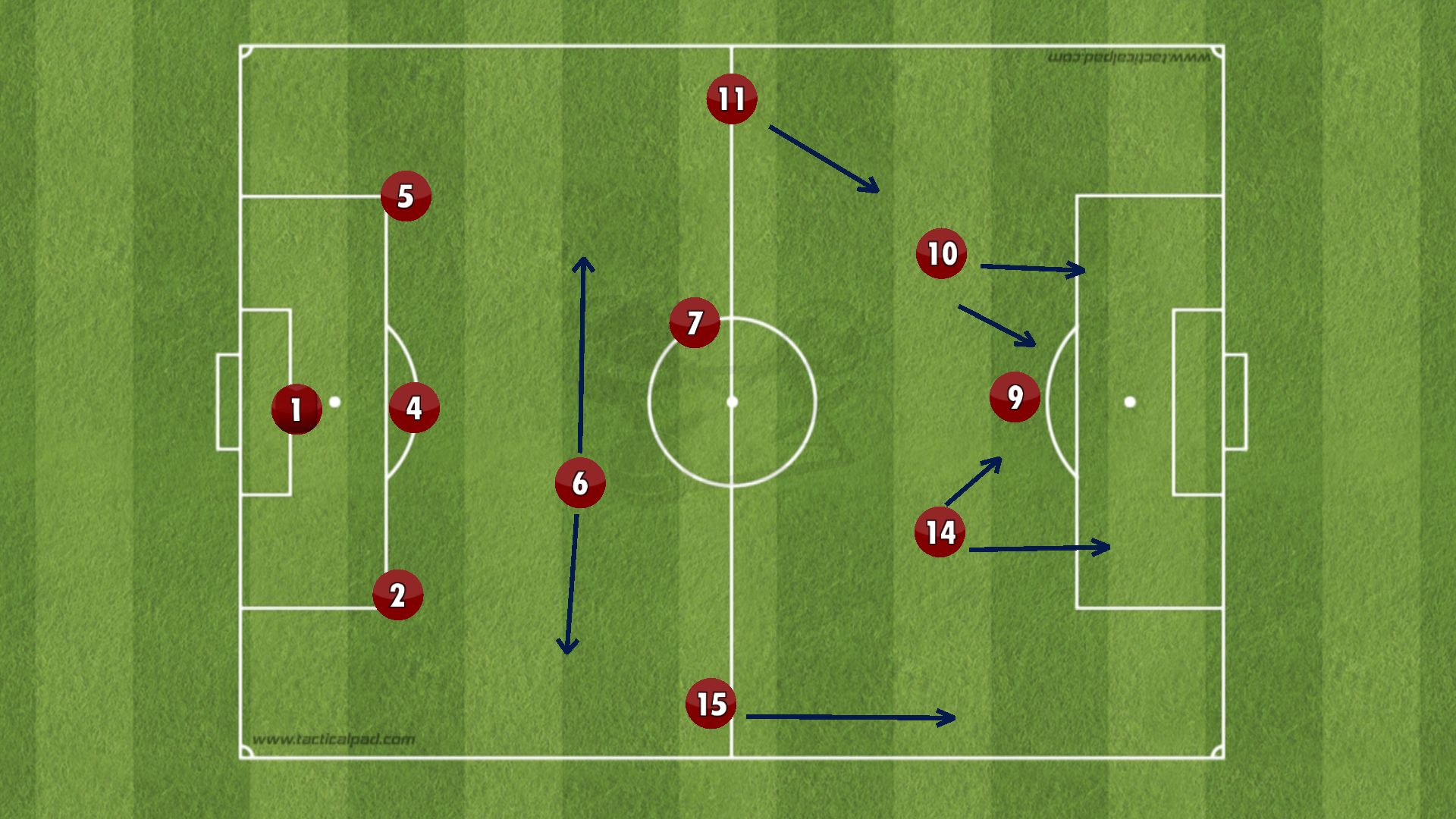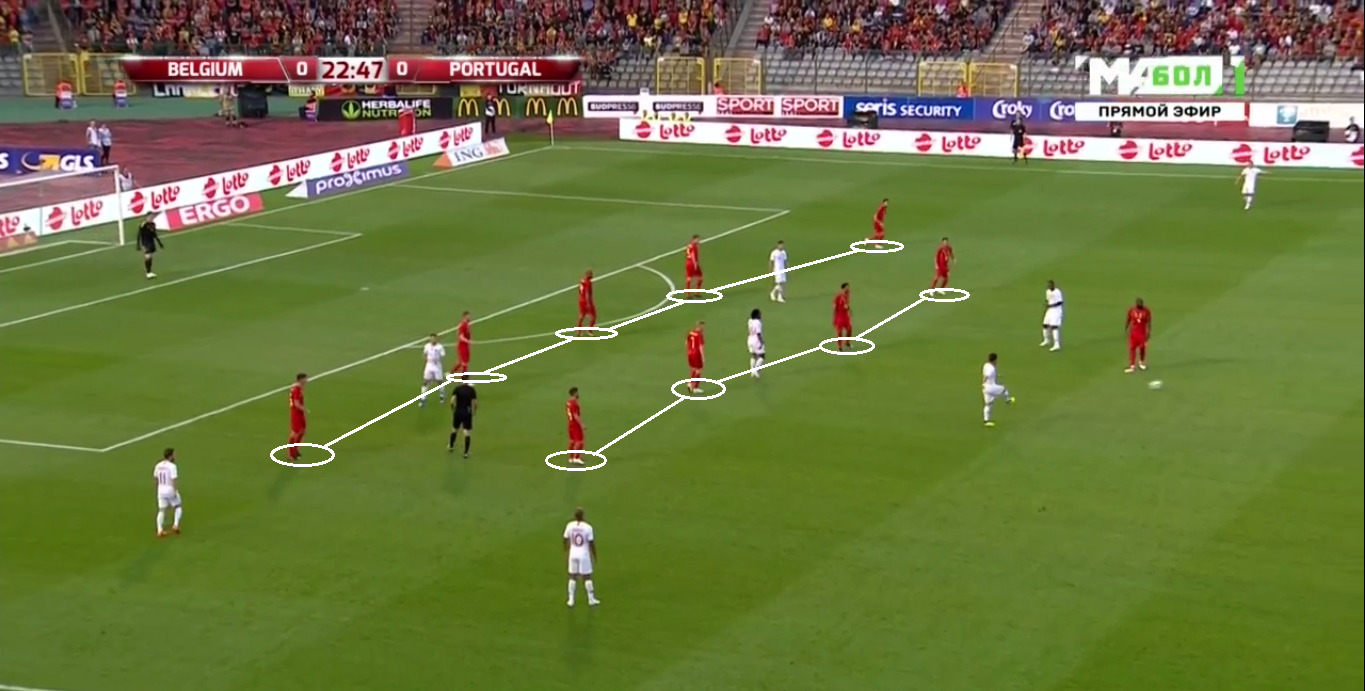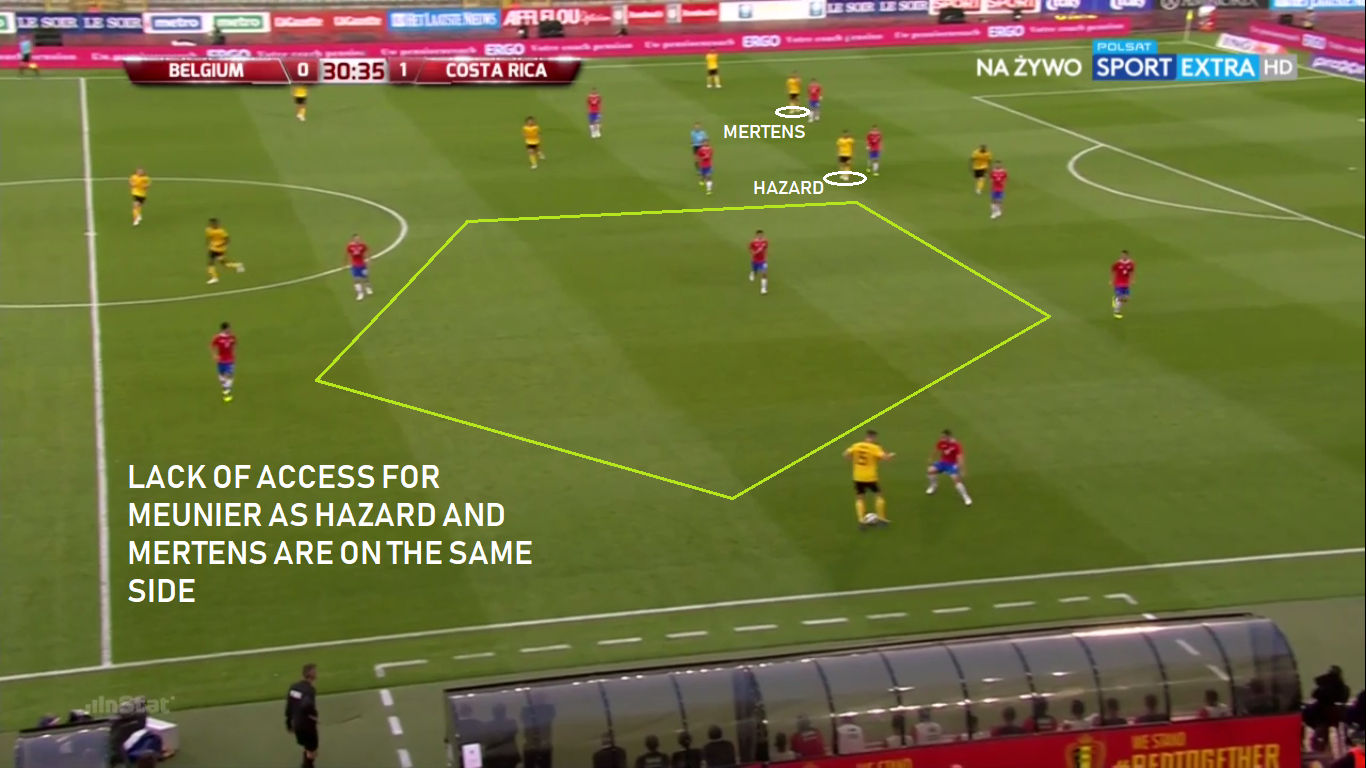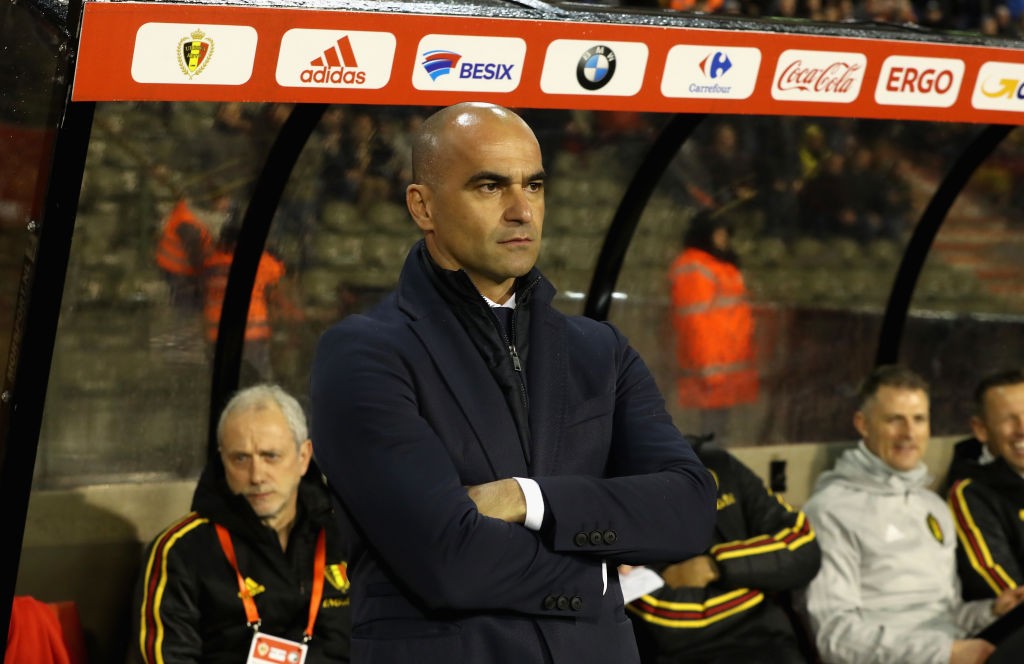
With World Cup fever well and truly in the air, Abhijit Bharali turns his discerning eye to one of the favourites to lift the trophy, Belgium.
Belgium under Roberto Martinez head into the 2018 FIFA World Cup as one of the favourites, so much so that a few models have even predicted crowning glory for them. The Red Devils have a collection of a few most sought-after players on the planet, but their big game temperament faces a test in Russia.
Belgium’s 23-man squad consists of 11 Premier League-based players and are led by Martinez, who cut his big-league teeth in the same division. One of the top billed sides, Belgium have a straightforward group to negotiate but the knockout stages are what they’ve struggled to navigate in the past.
Prime for a title tilt, will the Red Devils live up to their reputation this time out? There is also a ‘golden generation’ tag attached hence the task becomes even more ominous but Martinez’s tactics will certainly look to hide his team’s shortcomings while optimising their strengths.
What formation will they use?
Following Martinez’s debut against Spain in a 2–0 friendly defeat in 2016, Belgium have regularly played with a three-man defence. 1–3–4–2–1 is their template formation; the personnel filling the positions more or less confirmed.

Made using TacticalPad
Captain Eden Hazard will reprise a similar role he played for Chelsea during their Premier League-winning 2016/17 season as a left inside forward combining with centre forward Romelu Lukaku in high areas. Hazard, in a free role, is the focal point of Belgium’s attack with Kevin de Bruyne combining with inside forwards and opening to wingbacks from a deep-ish #8 role.
What is their key tactical approach?
In the World Cup’s early stages, Belgium will likely be the superior team in terms of individual quality hence it is expected they will see more of the ball, have fewer defensive actions and enjoy more territory. It is against equally strong and elite opponents where the Red Devils could face issues later on in the tournament considering their system, players and style of play.
Attack
One of the vital cogs of Belgium’s attacking design is their right wingback Thomas Meunier. The PSG man is more natural on his side than Yannick Carrasco on the opposite flank, therefore his body shape while receiving the ball and advancing with it helps Belgium a great deal while on the attack.
Against deep, organised defences, Meunier’s crossing from wide right to Lukaku is certainly a go-to plan for Belgium. Belgium’s buildup play mostly involves either the right centreback Toby Alderweireld opening the play by passing to Meunier on his side or De Bruyne slipping the ball between the lines to one of the two inside forwards or Meunier out wide.
If the first advancing ball is into Meunier, third man runs from the ball-near inside forward are common. Oftentimes the opposition use a touchline pressing trigger therefore Meunier, upon receiving the ball out wide from deep, can lay it back into a central area for either Mertens or Hazard to run into, advancing play from buildup phase to chance creation phase. As a result, the opposition wide midfielder and leftback are taken out of the game because of their pressing movements towards Meunier.
On the other wing, Carrasco and Hazard are the outlets during buildup play. Carrasco, a natural winger shoehorned into a wingback role, tends to drift into central areas more but that isolates Hazard against the opposition rightback. Given his 1v1 superiority, Hazard is at an advantage in such situations.
Unlike Meunier on the right, crosses from the left are rare with Carrasco not naturally inclined to take on players out wide to cross with his weaker left foot. Also, Mertens — being an inferior needle player to Hazard — swings in crosses from wide right than taking on his man on the occasions Meunier makes underlapping movements.
During buildup phases, Belgium often assume a 3–2–4–1 shape. The four men ahead of De Bruyne and Axel Witsel allow the Red Devils to create a unique dynamic by drawing the opposition forward in buildup. This way, Belgium exploit their opponents’ loss of vertical compactness.
The video shows two examples of the Red Devils picking Costa Rica apart by drawing them towards the ball during buildup. First is Alderweireld finding a perfect ball towards Lukaku and second is De Bruyne’s pass to Hazard and Hazard’s subsequent turn that expose Costa Rica’s entire backline in an instant.
The constant occupation of space between the lines by Hazard, Mertens and sometimes Lukaku presents good possibilities for Belgium to attack through the centre against teams that play a medium block of pressure. Third man runs are vital here and the aptitude of Hazard to combine with Carrasco or Lukaku holds the key for Belgium, so does the eye of the needle passing from deep of De Bruyne.
Defence

Defensively, Belgium’s basic tenet is to cover spaces and keep their shape rather than press the opposition on the ball aggressively. They settle into a 5–4–1 shape off the ball with a low block intent on denying space to the opposition between lines. Maintaining vertical compactness is key for the Red Devils, considering there isn’t much in the form of proper defensive midfielders in the team.
However, due to their lack of a coordinated press or a counterpress, there emerge situations where Belgium lose their vertical compactness while defending. Players in isolated pressing actions carry them out when they are close to the opponent with the ball in buildup but the back line doesn’t push up accordingly. That affects Belgium’s stability in defence and often leaves the back three exposed.
Since it is more stable than a back four with two centrebacks, Martinez uses three centrebacks so that in case an isolated pressing action fails, Belgium have enough cover at the back.
During defensive transitions, there are certain issues that might prove to be the Red Devils’ undoing. Belgium’s transition management is sub-optimal in that when they carry out an unsuccessful isolated press to recover lost possession, they leave gaping holes behind the pressers. Oftentimes when De Bruyne and Witsel are bypassed in defensive transitions, the back line is unprotected.
That said, Belgium’s defensive designs are primarily to cover spaces, hence during defensive transitions, players try to quickly cover the central spaces. They also try to delay those transitions by forcing play into wide areas so that their defensive shape is restored.
Who are the key players tactically?
Yannick Carrasco: The Dalian Yifang star is unaccustomed to playing left wingback but has been manager Martinez’s choice for that role heading into the World Cup. Carrasco at left wingback opens a can of caveats on whether Belgium are taking a gamble.
Without a specialised leftback, Martinez’s choices are limited but Carrasco frequently gets lulled into areas where the opposition wants him to be and consequently, Jan Vertonghen’s workload is doubled by covering for him.
As mentioned earlier, Belgium’s transition management is based on stability and opponents will target the zone behind Carrasco to hurt them. Also, being an inverted wingback, Carrasco tends to receive the ball with poor body shape or his back to goal that means an immediate second pass or layoff is always on, which is a possible pressing trigger for opponents.
Eden Hazard: The captain will play a free role while starting from an inside left position behind Lukaku. His movements between the lines are vital as well as his needle play in tight spaces, but more importantly his understanding with Mertens needs to be spot on since Belgium cannot afford to lose their positional stability in transitions.
Hazard and Mertens have often been found in the same space during offensive play due to the #10’s propensity to make diagonal dribbles. Hazard’s free role could be Belgium’s biggest asset going into the finals but also a big risk.

Despite that, Hazard is Belgium’s key man during offensive transitions; his directness and dribbling either helps Belgium mount dangerous attacks or earn free kicks deep inside the opposition half.
What is their manager’s philosophy?
Martinez likes an attractive, attacking game but there have always remained question marks about his ability to set a great defence, right from his early Premier League days. His Belgium side look brilliant going forward but doubts remain over whether the team can stop leaking goals when one of the traditional superpowers come knocking.
There are obvious positives for the Red Devils going into the 2018 World Cup but all eyes will be on their stuffed defence when the tournament gets underway for real in the knockout stages. It all depends on how well Martinez plays the balancing act.
- Analysing Belgium’s tactical approach at the 2018 World Cup - June 17, 2018
- Tactical Analysis : Sevilla 0-0 Villarreal: Villarreal’s off-the-ball discipline denies Sevilla - February 8, 2017
- Indian Super League: Indian Team of the Tournament (League Phase) - December 12, 2016
























































